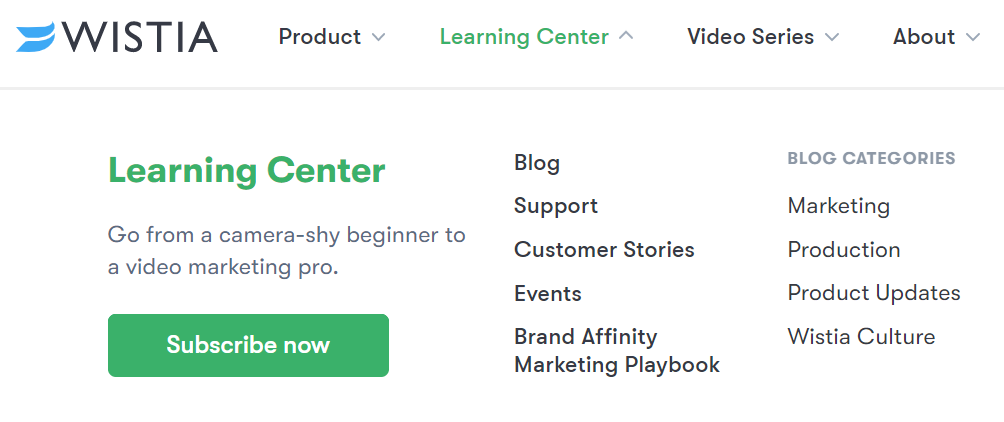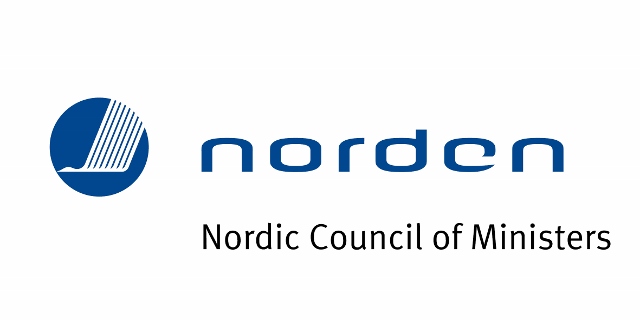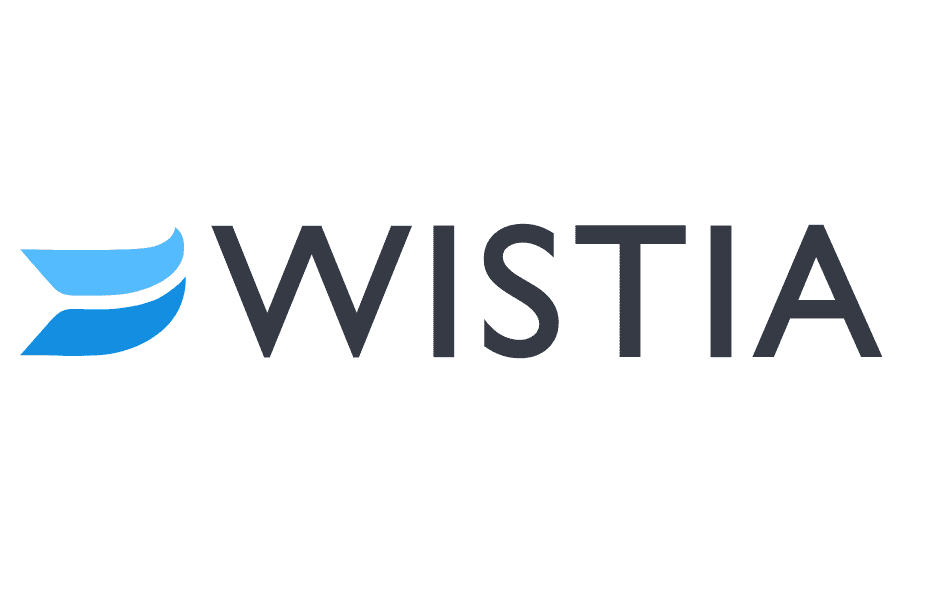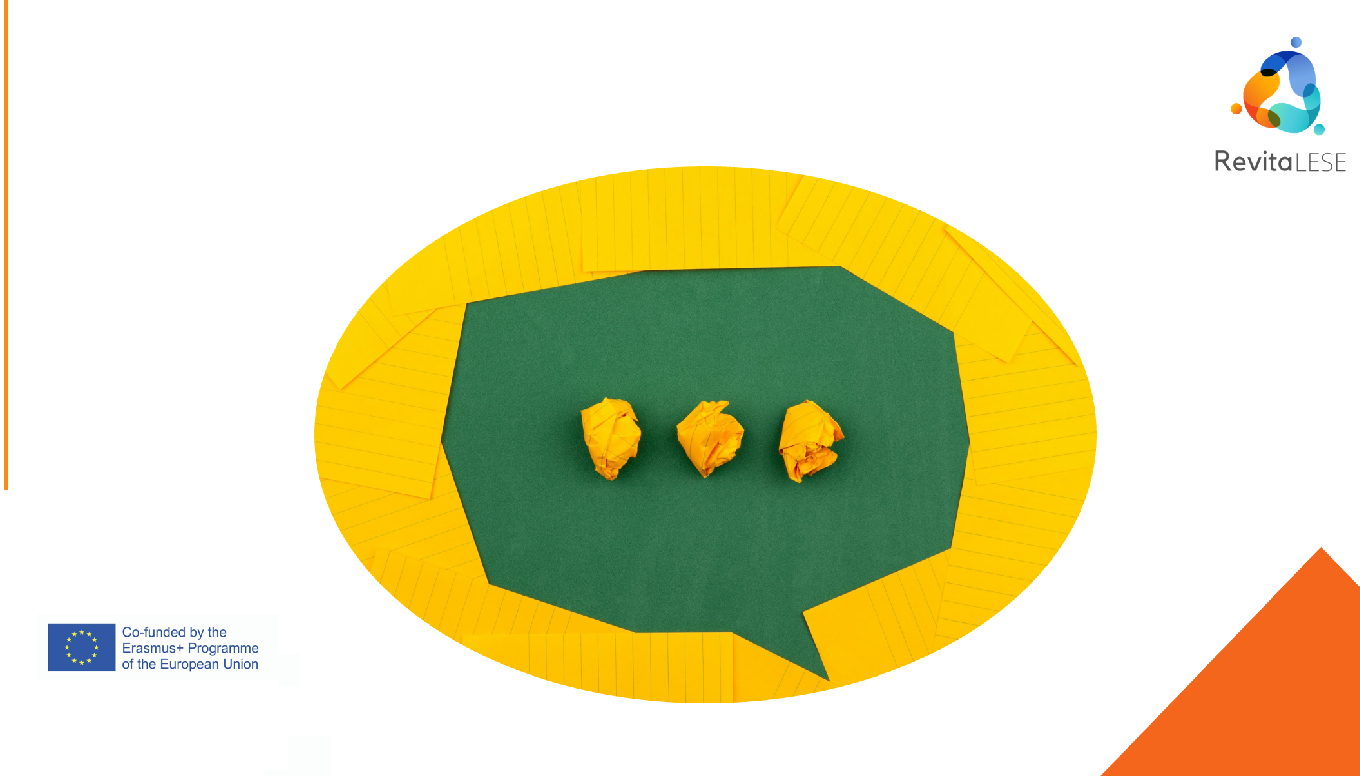Wistia is a video marketing software that allows entrepreneurs to upgrade their webpages with professional videos in binge-watchable format to encourage viewers to spend more time with their brands. It allows to set up an automatic video SEO, track the audience, experiment with the content and analyse the interaction with potential customers.
Wistia offers free membership for those who just have started the business, including use of all standard features – fully customizable player, basic integration, embedding and sharing, interactive video tools, access to unlimited users and video analytics – free of charge. On the stage of video design, collaborative work is possible over the video.
Free version offers embedding of 3 videos, 1 free channel for the created videos to be transmitted on your business webpage by providing with the embed code to be easily worked-in without additional development resources. Also, the feature for email collection is available to get in touch with subscribers more regularly (even within free membership). Free version of the software includes Wisia branding visible on the video player, but with the paid version ($ 99/month) own branding elements can be placed on it. Aid version allows you to embed up to 10 and more videos with in-build interactions.
Except the product itself, Wistia also produces educational content to be  successful with video and in business. The Learning Centre of Wistia offers extensive collection of resources in categories of Marketing, Production, Product Updating, including articles, explanatory videos, events, podcasts and many more.
successful with video and in business. The Learning Centre of Wistia offers extensive collection of resources in categories of Marketing, Production, Product Updating, including articles, explanatory videos, events, podcasts and many more.
More on the Wistia website.
There are more popular tools like Vimeo and YouTube to use, so what is the difference? Why Wistia?
First of all, different purposes, features and audiences are served by those softwares.
YouTube is the most popular video hosting platform, but it is a search engine with social media elements. YouTube videos can also be embedded into the website, however it will show the recommended videos at the end of each video, which make you lose the audience due to the moving from the platform. When hosting videos on YouTube platform, it only offers the data on reach and likes, but can’t track interactions effectively. The best content to be placed on YouTube is: vlogs, how-tos and searchable content, as it has the largest audience (fully integrated into Google search).
Vimeo is the most popular among creatives and it has customizable embedding in the websites, however, it has limited search and smaller audience than YouTube. The free version of Vimeo has limited functionality, compared to Wistia or Youtube. Vimeo is more suitable for the products with limited audiences and even has the option to collect payment for watching a video.
Wistia in turn serve specifically companies using “on-site” videos on their webpages for marketing, support and sales. Wistia is accompanied with in-depth analytics to see how the audience consumes and interacts with videos. Similar to Vimeo, it serves “warm” audience, which has already expressed the interest in the brand. Wistia is the best for sharing website videos, training videos and campaigns. On the other side, paid versions of Wistia (that allow the embed more than just 3 videos) is quite pricey compared to the more flexible pricing of Vimeo or free-of-charge YouTube.
The choice fully depends on the purpose you envisage your videos to serve. The best option is to combine several softwares for marketing purposes:
“Many companies choose to use Wistia for videos embedded on their websites in order to benefit from the advanced tools and analytics, but then also upload videos to YouTube in order to benefit from the social reach that a presence on YouTube provides.”
There are some more videos explaining which of the platform is more suitable for your business or projects:
Wistia vs. YouTube: What’s the Difference?
YouTube vs. Vimeo vs. Wistia – Video Hosting Options
Remember about social media!
Uploading the video to the social media channel allows you to reach and track the audience more effectively than just sharing a link to other platforms. Also, video on social media requires to be short and have subtitles. Depending on the channel, consider if your video makes sense to a broader audience and if the issue explained by the video is understandable with no additional context.


This publication has been prepared within INDIGISE project. The content of this publication is the sole responsibility of the project coordinator and may not always reflect the views of the European Commission or the National Agency.















Leave A Comment